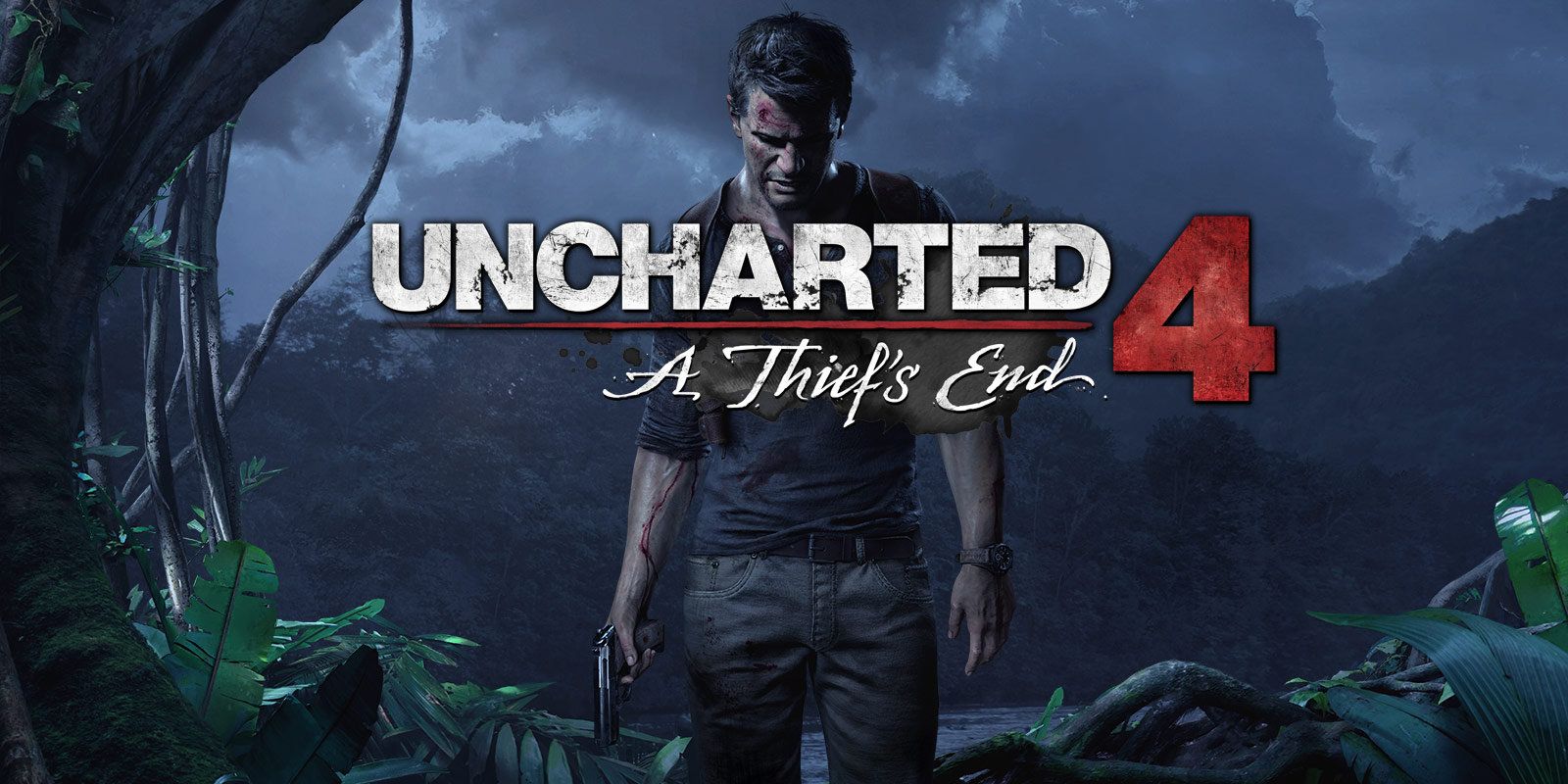At Game Developers Conference in San Francisco, Naughty Dog Artists Bradford Smith and Rogelio Olguin showcased the work done on Uncharted 4: A Thief's End using the Substance texture design toolset in a panel, that DualShockers attended.
Not only we got a lot of information on what helped making the game beautiful, but we get to take a glimpse on that beauty, thanks to quite a lot of screenshots of environments and assets that were shared during the panel.
Below you can find a full recap of the most interesting points shared by Smith and Olguin, and all the slides including the pretty, pretty pictures.
- What has been achieved by using Substance Designer's procedural texture creation tools is "very broad and diverse."
- Naughty Dog is very open and creative when evaluating external tools. Flexibility is a key component in what makes a successdful product.
- When work was started on Uncharted 4, The Last of us was in full production, resources were "very tight," and the art department had to come up with solutions.
- The implementation of physically based rendering made consistency of the library of materials and material layering were very important. They needed robust libraries that the artists could use quickly.
- The biggest factor was the scope and scale of the environments, as Uncharted games are rich as they are large.
- The development team had to find a balance between a standardized workflow and the need for creative freedom. Substance Designer "really fit the bill."
- The relationship with Allegorithmic worked both ways. Allegorithmic helped Naughty Dog define its internal pipeline, and Naighty Dog helped define Substance Designer 3 and 4.
- Initially the artists at Naughty Dog asked themselves several questions, first and foremost if they could really get high quality results with procedural and node-based texture generation tools, or whether their internal artists and outsourcing vendors could use them effectively. There's a learning curve to them.
- Naughty Dog hand-sculpts and paints a lot of their assets.
- A very elaborate early prototype of the material layering system proved to be very successful.
- The tools generate textures by blending materials. By swapping the height map and tweak a few parameters the developers can get a whole new texture set.
- After that, Naughty Dog made a small evaluation scene, and that proved very successful as well. They also did a test involving the outsourcing vendors.
- At that point the artists still had some hesitations on the procedural workflow, and there were questions on whether it was possible to standardize the results.
- Tests continued, and it was determined that the workflow was pretty straightforward, so Naughty Dog decided to use Substance as a sort of content management system including meshes, Maya files, bitmaps, high polygon meshes. They would be inputted into Substance and it would output the texture.
- Substance was also used to create bake maps.
- At that point issues started to spring up, like library management overhead, issues with debugging and training. Trying to stay on top of technical issues and updates also became a challenge.
- At the point, it was time to learn Python to compile the library to make management automatic, and this solved a lot of the issues.
- Even shaders were customizable, and that was a really nice feature.
- Naughty Dog worked with about seven to ten studios to outsource work on Uncharted 4: A Thief's End. They created 3,000 assets, and 2,000 of those are related to background or props.
- Due to the volume of outsourced assets, training outsourcing studios became important. Naughty Dog created documentation, example files and even videos. A lot of the training was done in-house, flying a lot of Senior and Lead Artists to Naughty Dog, hosting them for a week or more to teach them how to use the tools.
- In the gallery below you can see a set of weapons made by China-based studio Original Force.
- Naughty Dog's own artists did a lot of training as well, and they fully embraced the new workflow. The majority of artists at Naughty Dog used the new tools in different capacities.
- The character and prop team are starting to use Substance Painter.
- The team discovered a lot of new things while exploring the new tools. For instance, a tool that was designed to create cracks in asphalt textures actually ended up creating completely new textures that weren't intended.
- The same node could be used in different levels and contexts, thanks to the fact that the tools provided an enormous amount of variation and flexibility.
- By combining nodes together, patterns could be used for different materials, like cobblestone and wood. They can also be made to look damaged or clean depending on what is needed for a scene.
- Quite a few environments were showcased (you can see them in the gallery below) in which Substance was prominently used to create materials. 80% of the textures used in the E3 demo involved the use of Substance.
If you’re a developer who didn’t have a chance to attend GDC, or this specific presentation, and you’re interested in the full audio recording, we’re happy to share. Just contact giuseppe@dualshockers.com, and we’ll send it your way.
[On location reporting: Steven Santana]

